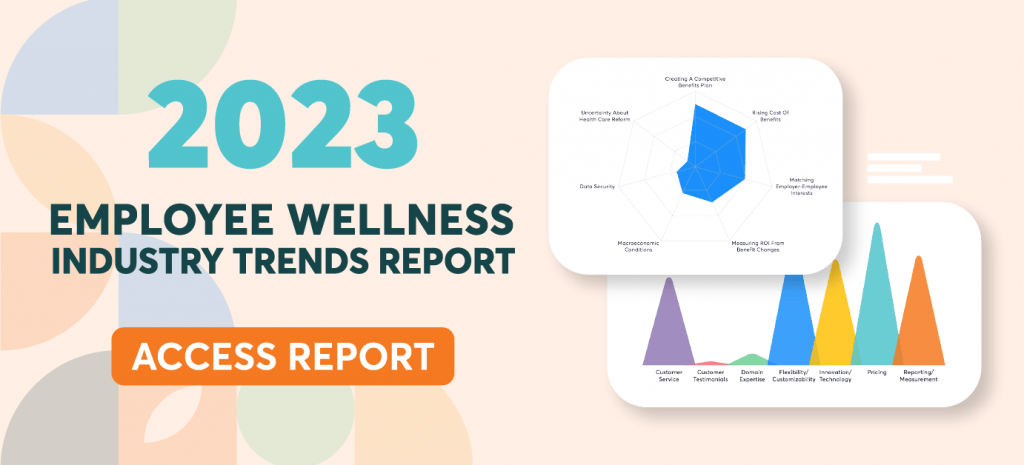Employers may want to take note of just how important a positive emotional state can work to their advantage when it comes to employee productivity. In a study conducted by the University of Oxford’s Saïd Business School, researchers found that happy employees are 13% more productive. This is consistent with another study that suggests happy employees are 12% more productive. Importantly, this increase in productivity is not linked to working more hours; these happier employees simply perform better in the same amount of time. Researchers followed call center workers for BT, a British multinational telecommunications firm, for six months and tracked their call-to-sale conversions, attendance, and customer satisfaction. Workers also self-reported their level of happiness each week. Data showed that employees that reported feeling happy worked faster, made more call-to-sale conversions per hour worked, and adhered to their workflow schedule more closely.
Additionally, the study followed local weather data alongside worker happiness and performance. Results correlated poor weather with decreased levels of happiness and productivity. This is consistent with other studies on mental health and weather patterns; fewer hours of sunshine are linked to symptoms of depression, and extreme events such as droughts or floods are linked to increased anxiety and stress.

Certainly, not everything (especially the weather) is under the control of the employer when it comes to making workers happy. However, by implementing an effective wellness program that recognizes the value of happiness and equips employees with the tools to achieve more positive feelings, businesses can enhance their employees’ performance, work abilities, and overall wellness.
The Link Between Health And Happiness
Good health goes hand-in-hand with happiness. Employers that want an effective wellness program should note that happiness can benefit overall employee health and reduce care costs. Research links better physical health with happiness, as happier people enjoy decreased overall mortality rates, faster recovery rates from injuries and illness, and reduced risk for health conditions such as stroke and diabetes. For employees that are not as happy, it is important to get them engaged in a wellness program. Being physically active and eating a healthy diet are directly linked to improved mood and emotional well-being. In addition to happiness resulting in these habits, a positive attitude helps employees continue to make healthy choices in all parts of their lives.
How To Create Happy Employees
Some of the most obvious and easy-to-implement ways to create happy employees include wellness program staples, such as physical health resources including tools that promote regular exercise and movement and mental health resources that can help lower stress, anxiety, and depression.
However, there are many other practices that improve emotional health. Scientific research supports the idea that happy people have certain behaviors in common. Strong social relationships; practicing gratitude, mindfulness, and meditation; and investing in experiences (instead of material items) are all linked to higher levels of happiness. Consider offering content that enables workers to practice mindfulness through certain behaviors like journaling, taking a walk, or spending time in nature. Remind employees of the importance of taking time off to spend on vacations and personally-rewarding activities—and make sure they have the flexibility and time off to do so.

Employers can target happiness specifically with educational content about its value and ways to improve it. Wellable’s Happiness Challenge is a great way to show employees the benefits of happiness and actions they can take to feel happier. Over four to six weeks, participants in the challenge practice behaviors that generate positive emotions.
Employers should also be mindful of what can negatively or positively affect their workforce’s emotional health. For example, employers can plan a relevant health challenge or increase emotional health resources at a time of year when the weather is usually poor or during a particularly-dull wintertime month. Additionally, managers can check-in with employees to see what aspects of their lives may be influencing their happiness, or lack thereof. Working parents and caregivers, for example, may need tools and support tailored to relieve some of the stresses and burdens associated with those roles. This can also help employees engage more with their wellness offerings and benefits relevant to their needs.













